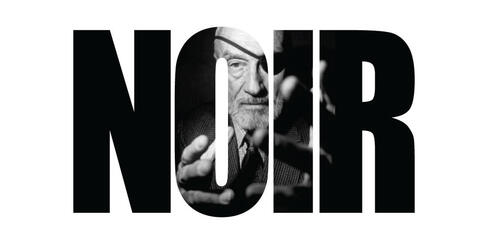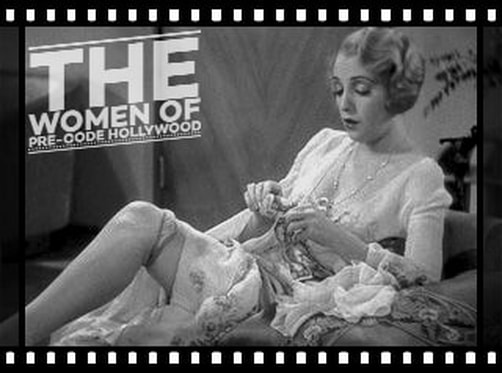
Gale Storm
Active - 1940 - 2003 | Born - Apr 5, 1922 in Bloomington, TX | Died - Jun 27, 2009 in Danville, CA | Genres - Drama, Comedy, Western, Crime, Mystery | Height
While still a high schooler in her Texas home town, Josephine Cottle won a "Gateway to Hollywood" contest sponsored by film producer Jesse Lasky. Cottle was rechristened "Gale Storm" at the suggestion of a movie-magazine fan, and was promptly cast in 1940's Tom Brown's School Days.
A brief RKO contract led nowhere, and soon Gale Storm was the sweetheart of Monogram Pictures, starring in several of that low-budget studio's musical "specials." Towards the end of the 1940s, Gale appeared in a number of Republic westerns opposite Roy Rogers. When actress Wanda Hendrix turned down the opportunity to star in the upcoming TV sitcom My Little Margie in 1951, Gale Storm jumped at the chance; like Hendrix, Gale didn't think much of the project at first, but was convinced that it could only get better. Whether or not My Little Margie ever truly evinced signs of improvement is a moot point: Storm became a bonafide star in the role of spunky 21-year-old Margie Belmont. The series' popularity increased tenfold when it left prime time in 1954 and entered the syndicated-rerun market.
Capitalizing on her new-found celebrity, she pursued a successful nightclub career, and in 1955 cut a pair of Top Ten record singles, "Teenage Prayer" and "I Hear You Knocking." One year later, she launched a second successful TV series, Oh, Susanna (aka The Gale Storm Show) in which, for four seasons, she filled the role of Susanna Pomeroy, scatterbrained social director on the luxury liner S.S. Ocean Queen.
Following her series' cancellation in 1960, Storm returned to nightclubs and played the straw-hat circuit in such musicals as Annie Get Your Gun and then went into semi-retirement, devoting her time to her husband Lee Bonnell (a fellow "Gateway to Hollywood" winner who had long since abandoned acting for the insurance business) and her children. In the late 1970s, Storm re-emerged in the public's consciousness when she announced that she'd been an alcoholic for several years; this was followed by a return to TV as spokesperson for a substance-abuse rehabilitation center in the Northwest. In 1981, Gale Storm published her biography, I Ain't Down Yet.
Available Films:
Active - 1940 - 2003 | Born - Apr 5, 1922 in Bloomington, TX | Died - Jun 27, 2009 in Danville, CA | Genres - Drama, Comedy, Western, Crime, Mystery | Height
While still a high schooler in her Texas home town, Josephine Cottle won a "Gateway to Hollywood" contest sponsored by film producer Jesse Lasky. Cottle was rechristened "Gale Storm" at the suggestion of a movie-magazine fan, and was promptly cast in 1940's Tom Brown's School Days.
A brief RKO contract led nowhere, and soon Gale Storm was the sweetheart of Monogram Pictures, starring in several of that low-budget studio's musical "specials." Towards the end of the 1940s, Gale appeared in a number of Republic westerns opposite Roy Rogers. When actress Wanda Hendrix turned down the opportunity to star in the upcoming TV sitcom My Little Margie in 1951, Gale Storm jumped at the chance; like Hendrix, Gale didn't think much of the project at first, but was convinced that it could only get better. Whether or not My Little Margie ever truly evinced signs of improvement is a moot point: Storm became a bonafide star in the role of spunky 21-year-old Margie Belmont. The series' popularity increased tenfold when it left prime time in 1954 and entered the syndicated-rerun market.
Capitalizing on her new-found celebrity, she pursued a successful nightclub career, and in 1955 cut a pair of Top Ten record singles, "Teenage Prayer" and "I Hear You Knocking." One year later, she launched a second successful TV series, Oh, Susanna (aka The Gale Storm Show) in which, for four seasons, she filled the role of Susanna Pomeroy, scatterbrained social director on the luxury liner S.S. Ocean Queen.
Following her series' cancellation in 1960, Storm returned to nightclubs and played the straw-hat circuit in such musicals as Annie Get Your Gun and then went into semi-retirement, devoting her time to her husband Lee Bonnell (a fellow "Gateway to Hollywood" winner who had long since abandoned acting for the insurance business) and her children. In the late 1970s, Storm re-emerged in the public's consciousness when she announced that she'd been an alcoholic for several years; this was followed by a return to TV as spokesperson for a substance-abuse rehabilitation center in the Northwest. In 1981, Gale Storm published her biography, I Ain't Down Yet.
Available Films:
Trivia:
Appearing in a number of musicals in the 1940s, she became an unexpected recording star in the mid-1950s. Ned Miller's "Dark Moon" topped the Billboard charts for Gale at #4 in 1957. Coincidentally, a competing version of the song by Bonnie Guitar peaked at #6. In 1995, an album of her mid-to-late 1950s recordings at the Dot music label was released and entitled "The Best of Gale Storm."
Born Josephine Owaissa Cottle, the youngest of five children, in Bloomington, a small town in the coastal bend area of Texas, her unusual middle name, "Owaissa" is an Indian word meaning "bluebird" and was given to her by an older sister, Lois.
Appearing in a number of musicals in the 1940s, she became an unexpected recording star in the mid-1950s. Ned Miller's "Dark Moon" topped the Billboard charts for Gale at #4 in 1957. Coincidentally, a competing version of the song by Bonnie Guitar peaked at #6. In 1995, an album of her mid-to-late 1950s recordings at the Dot music label was released and entitled "The Best of Gale Storm."
Born Josephine Owaissa Cottle, the youngest of five children, in Bloomington, a small town in the coastal bend area of Texas, her unusual middle name, "Owaissa" is an Indian word meaning "bluebird" and was given to her by an older sister, Lois.




